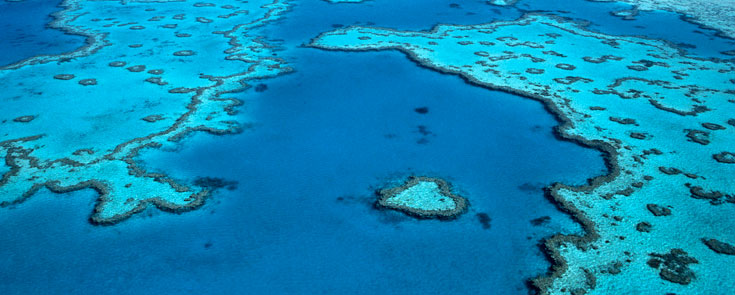A new study was just released showing positive effects from the use of marine reserves on Australia’s Great Barrier Reef benefiting the overall health and resilience of the fragile marine ecosystem. The research found rapid increases in fish and some shark populations inside marine reserves that prohibit fishing. The study was published in the journal Proceedings of the US National Academy of Sciences.
“The resounding pattern overall is there are more and bigger fish in the protected areas than the fished areas,” said the report’s lead writer, Dr. Laurence McCook from the ARC Centre of Excellence for Coral Reef Studies. “Bigger fish have more babies and they produce more off-spring. The increased reproduction is almost spilling over to the fished areas.”
Beyond the increased populations of larger “sport” fish on the reef, Dr. McCook also notes benefits of the increased fish population on coral predators. “Outbreaks of coral-eating, crown-of-thorns starfish are less frequent on no-take reefs, which consequently have a higher abundance of healthy corals after outbreaks,” Dr McCook said.
Overall, the team concluded “With 32% of GBR reef area in no-take reefs, and fish densities about two times greater on those reefs, fish populations across the ecosystem have increased considerably.” The researchers feel as the populations of protected fish in the no-take zones grow larger, they will continue to contribute more and more larvae and in turn, more fish that will eventually replenish the surrounding areas for sport fishing.
[via Herald Sun, Science Blog]



